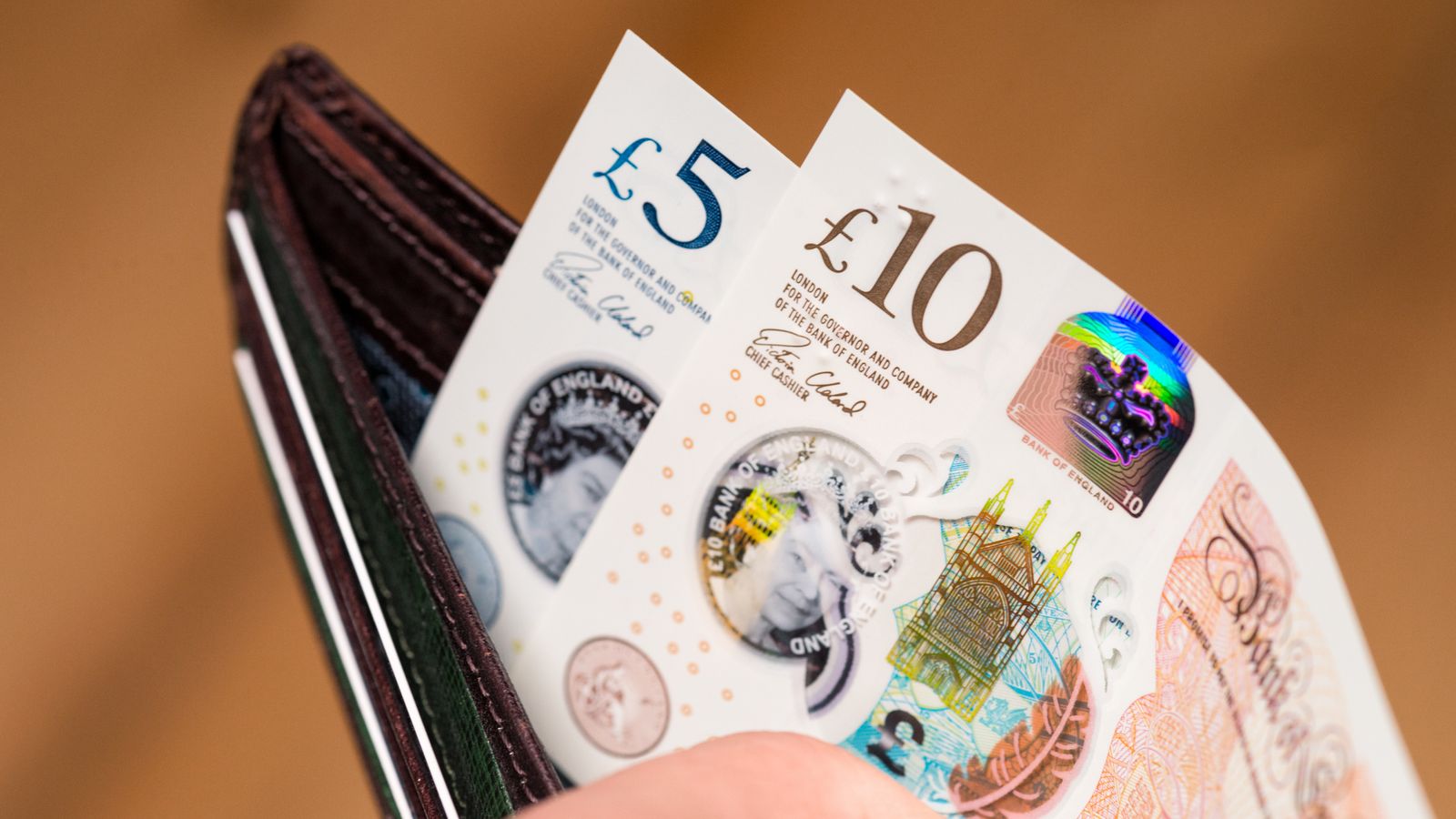Inflation falls to 2.3% in April

The rate of price rises has dropped to 2.3% in April – the lowest in nearly three years and closer to the Bank of England’s target, according to official data.
Inflation is at a low not seen since July 2021, the Office for National Statistics (ONS) said.
It’s a sharp drop from a month earlier, in the year up to March, the figure was 3.2%.
But it’s higher than economists and the Bank of England had forecast. Economists polled by Reuters and the Bank were expecting 2.1%.
It’s now closer to the 2% target set by the Bank of England and central banks across the world and may encourage the rate-setters to lower interest rates and make borrowing cheaper as a result.
A goal of 2% is set by central banks, whose job it is to ensure inflation sticks at that level, as it’s judged high enough so consumers avoid putting off purchases for fear of goods becoming cheaper and low enough that there’s price certainty.
“We rightly protected millions of jobs during Covid and paid half of people’s energy bills after Putin’s invasion of Ukraine sent bills skyrocketing – but it wouldn’t be fair to leave future generations to pick up the tab,” Chancellor Jeremy Hunt said.
“That’s why we must stick to the plan to get debt falling. The economy is turning a corner, with strong growth this quarter and inflation close to target, allowing us to cut taxes for the average worker by £900 a year.”
This breaking news story is being updated and more details will be published shortly.
Advertisement
Please refresh the page for the fullest version.
You can receive breaking news alerts on a smartphone or tablet via the Sky News app. You can also follow @SkyNews on X or subscribe to our YouTube channel to keep up with the latest news.